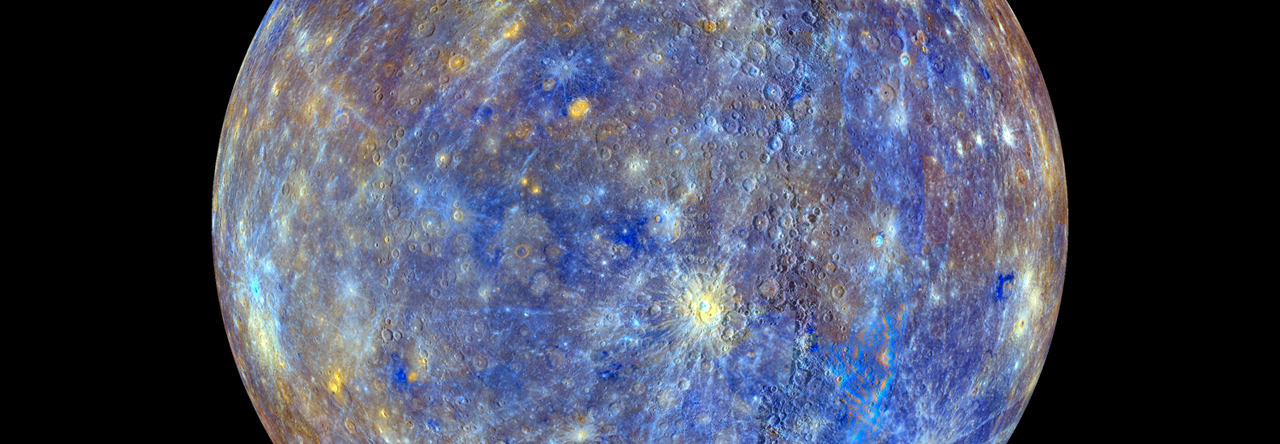I’ve been experimenting with Midjourney 5, which is probably the leading generative AI for visual images. But it’s not there yet, in terms of both image quality and ethical use.
Image quality — Midjourney often creates monstrosities of merged limbs, unnatural joint insertions, and other body horror fodder. Some examples from the prompt “two women embracing in a futuristic city”. Two of the images look more or less anatomically correct, while the other two, well…ouch.

I know I sound like someone complaining about wifi quality on an airplane. I’m overlooking the miraculous fact that such a thing can happen at all, instead focusing on the deficits. But that’s how people relate to technology. If it doesn’t work all the way, it’s basically worthless.
I assume with time that Midjourney and other generative AI will gain a better understanding of what can and cannot happen with a human body. But there are also major ethical concerns with using such technology. In the example image I used “in the style of” followed by the name of an Italian graphic novel illustrator. Midjourney did a reasonable job of approximating the artist’s style, which leads me to believe that the AI has used this artist’s artwork for neural net training.
So should the Italian graphic novel illustrator get a cut of what I paid to use Midjourney (a license that includes commercial use rights)?
I’ve heard the argument that human artists also train by observing and even manually copying the work of other artists, and they don’t pay royalties or ask permission. So why should an AI?
I think the process by which an AI trains on human-created content is much closer to sampling and repurposing, and much less like human learning. So absolutely, the human artist should get a cut.
The royalty system could look something like this:
- As an artist (visual, fiction, any kind), you could opt-in or opt-out of having your work sampled and repurposed by AI. If you opted out, the AI would not allow your name to be used as part of a prompt. Midjourney already includes all kinds of restrictions (including a prohibition against creating erotic images), so this additional restriction would be technically trivial to implement.
- Those that opted in would receive a prorated share of user subscription fees based on how many images or works were generated by that user account. So if a user generated 100 images in a month, and five of them were “in the style of Artist XYZ”, then the artist would receive 5% x TheRoyaltyRate% x subscription fee per month.
- I’d argue that a fair royalty rate would be somewhere between 50% and 85% (Midjourney keeping 15-50%). A 15% share is common for distribution and administration services, while a 50% share would include more compensation for those that develop and maintain the AI algorithms and neural nets. The exact percentage (and the option of advances against future royalties) would be something for tech companies and artist agencies to haggle over.
- Users might also user broader prompts like “in the style of Italian graphic novels”. In that case, the royalty share could be divided among all Italian graphic novel illustrators. But that begs the question of how Italian graphic novel illustrators who opted OUT would be compensated (because we can safely assume that generative AI are indiscriminately hoovering up and utilizing all the images they can find on the internet). So some of the “broad prompt” money would need to be put aside to somehow funnel back to those artists (or their estates), either as grants or as a pool that qualifying artists could apply for.
Of course all this will probably need to be legislated. Midjourney is getting away with murder right now, and they aren’t going to change anything unless someone makes them.
